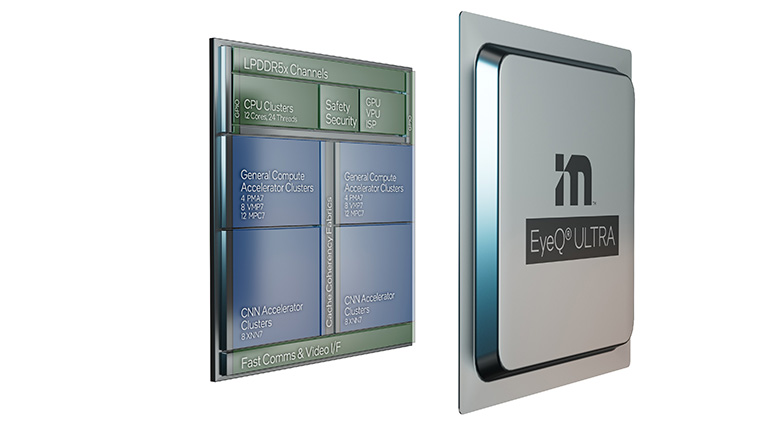|
Listen to this article  |

On March 7, 2022, Mobileye filed a draft registration statement on Form S-1 with the U.S. Securities and Exchange Commission (SEC) for its proposed initial public offering of newly issued Mobileye common stock.
This announcement is just the first step of the initial public offering (IPO) process. There is no news yet as to when the IPO will occur.
In an early announcement in December, 2021, Intel announced that it expects to retain Mobileye’s executive team and hold on to a majority ownership in the unit after the IPO of newly issued Mobileye stock.
Intel bought Mobileye in 2017 for $15.3B, and at the time it was the largest acquisition ever of an Israeli company. The company was founded in 1999.
“Mobileye has realized accelerated growth and opportunity since joining the Intel family, nearly tripling annual chip shipments, revenue and the number of employees since the acquisition,” said Shashua, founder and CEO of Mobileye. “Our alignment with Intel continues to provide Mobileye with valuable technical resources and support that has yielded strong revenue along with free cash flow that allows us to fund our AV development work from current revenue. Intel and Mobileye’s ongoing technology co-development will continue to deliver great platform solutions for our customers.”
One of the key products in the Mobileye product line is the Mobileye EyeQ system-on-chip. With over a 100M units shipped and on the road, the EyeQ is core to the ADAS solutions for multiple automotive companies including Volvo, Tesla, GM, Audi, BMW, Nissan and Honda. EyeQ has been in the market since 2007.

The Mobileye EyeQ Ultra SoC is Mobileye’s highest performance autonomous vehicle navigation SoC solution. | Credit: Mobileye
At CES 2022, the company introduced the EyeQ Ultra, the company’s most advanced, highest performing system-on-chip (SoC) purpose-built for autonomous driving. EyeQ Ultra maximizes both effectiveness and efficiency at only 176 TOPS, making it the industry’s leanest autonomous vehicle (AV) chip. This efficiently designed SoC builds on seven generations of proven EyeQ architecture to deliver exactly the power and performance needed for AVs, which are all but certain to be all-electric vehicles.
For autonomous driving applications, the Road Experience Manager (REM) is a data service for data collection, modeling, mapping, localization and semantic understanding. The REM solution uses onboard camera to collect data, then upload this anonymous data to the cloud where it’s aggregated and processes. The information is then consolidated into road books that can can be downloaded back to the autonomous vehicle and used for local navigation.
Credit: Source link


Comments are closed.